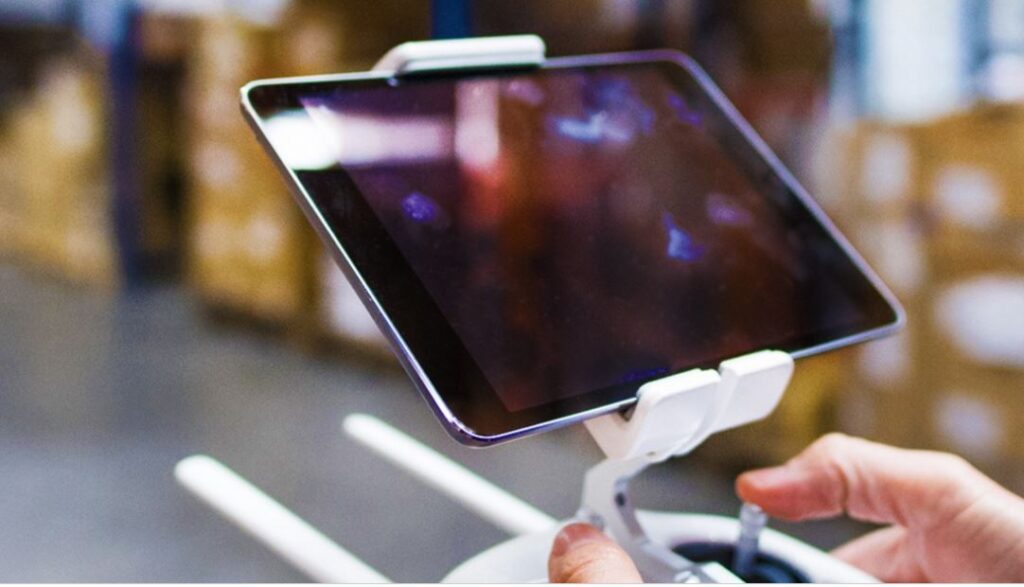The Changing Industrial Workforce and Its Impact On The Supply Chain

Carol Koech, Country President, Schneider Electric East Africa
The global industrial workforce is changing, and it is critical to discuss how this is already driving new business and supply chain dynamics. One of the factors driving this change is COVID-19. In a July 2020 McKinsey & Company survey, two-thirds of business executives said they were stepping up investment in digital strategies, including automation and AI, to help overcome COVID-related business issues and manage the fluctuating needs of today’s workforce.
The move toward a more digitally enabled organization has spotlighted how, where and when work is and will be done. As an example, a different McKinsey study found that more than 20 percent of the workforce across all sectors, not just industry, is likely able to begin working remotely. According to McKinsey, “that would mean three to four times as many people working from home than before the pandemic,” which “would have a profound impact on urban economies, transportation and consumer spending, among other things.”
If remote work persists at that level, many of our customers will be meaningfully affected because it will significantly change how, when and how often people will consume the energy, fuel and other goods they manufacture. New variability and complexity within the industrial workforce are having a ripple effect on the worldwide supply chain.
To address these changing workforce and supply chain dynamics, our customers must clear three hurdles:
- They need to transfer knowledge from one generation of workers to another.
- They need to upskill younger workers who are expected to replace the highly experienced and specialized workers who have departed.
- And they need to figure out how to get the most out of the younger generation to ensure these workers can both add value and find fulfillment in their roles.
The industrial workforce is far more diverse and younger than it was a few years ago. Their experiences are different, and so are their expectations. This younger generation has different career aspirations, driven by new and different values. They are frequently called “purpose-driven,” meaning not only do they want to work for companies they think are making a difference, they want to make a difference themselves.
And that’s a critical shift. Whereas the plant operators and engineers of the past generally found great value in controlling the process, the current generation wants to create a different value and control a different business result, which tend to be linked to sustainability or some other purpose-driven outcome.
Establishing a Shared Vision of Sustainability for Future Talent
The issue is how to arm this generation with the tools they need to thrive and find fulfillment. And that’s where Schneider Electric excels. An important part of our vision is to support the evolving role of people within the plant and operation, helping to change the way they work and succeed.
We achieve this vision through our Schneider Electric EcoStruxure technology. Take as an example EcoStruxure Augmented Operator Advisor, an AR solution that enables operators to superimpose current operating data, links to documentation and virtual objects onto a cabinet, machine or plant using their tablet’s camera. It provides information augmented over a real-time view of the machine and, more importantly, provides the latest set of schematics and documentation for that particular machine. A new maintenance technician can walk up to a piece of equipment and quickly determine if a cylinder has retracted inside the machine, without opening it. This tool supports efficient, targeted knowledge transfer and upskilling, and the user won’t ever have to spend time digging through a panel looking for the print manuals.
EcoStruxure Augmented Operator Advisor is deployed in more than 80 Smart Factories, including the Schneider Electric Lexington, Ky., Smart Factory, which was recently recognized by the World Economic Forum as a Sustainability Lighthouse (one of only three in the world). Globally, the solution has led to almost a 20 percent reduction in maintenance time and a 40 percent reduction in machine downtime. It’s indicative of how our EcoStruxure platform can help our customers equip their entire workforce for success, not just the new digital-native workers.
We are on the cusp of making that vision a reality across any operating environment, even within proprietary installations.




